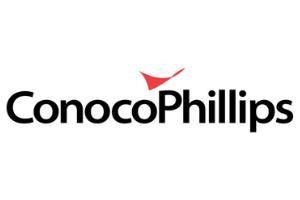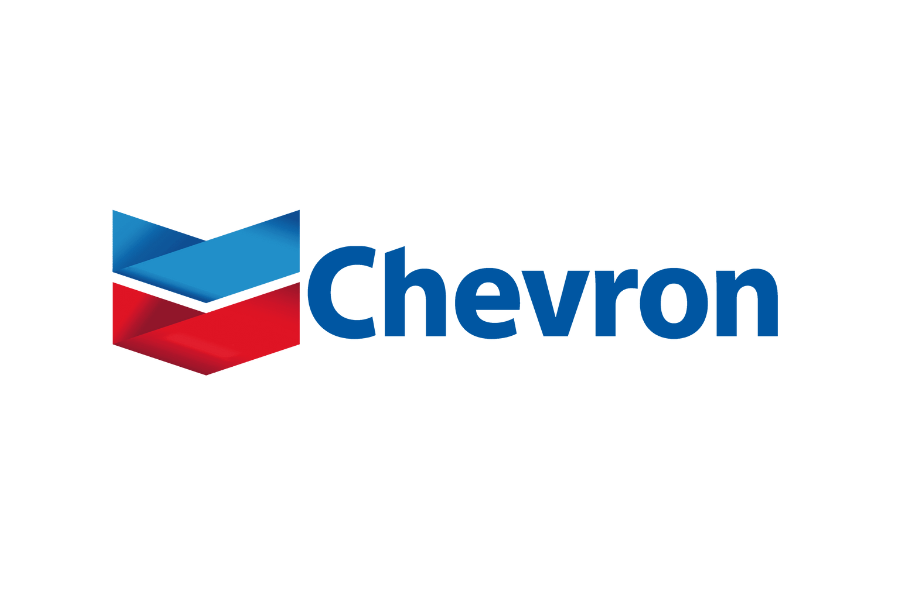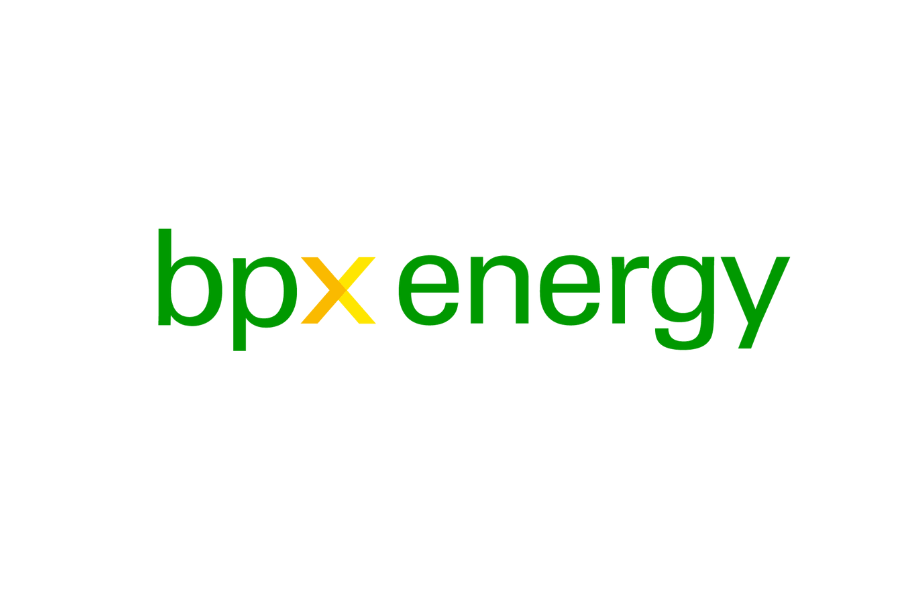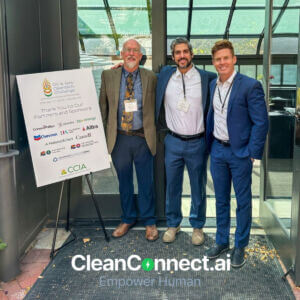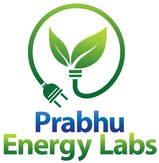Oil & Gas Cleantech Challenge
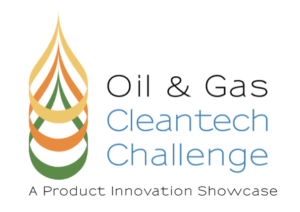
October, 2024
Denver, Colorado
A GLOBAL TECHNOLOGY SCOUTING INITIATIVE
The Oil & Gas Cleantech Challenge is a product innovation showcase and competition that connects clean technology solutions to the oil and natural gas industry. As the oil and natural gas industry evolves and faces challenging markets, it continues to invest in technologies that address methane mitigation, resource usage, water quality and operational risks.
Innovative solutions providers will complete a competitive vetting process, after which 10 to 13 companies will be invited to present their technologies to the partners and sponsors.
There are no geographic restrictions or requirements for participating companies.
For more information or ways to get involved
contact Joseph Paterson-Roberts

Oil and Gas companies are seeking the following technologies:
In Partnership With:

Colorado School of Mines


